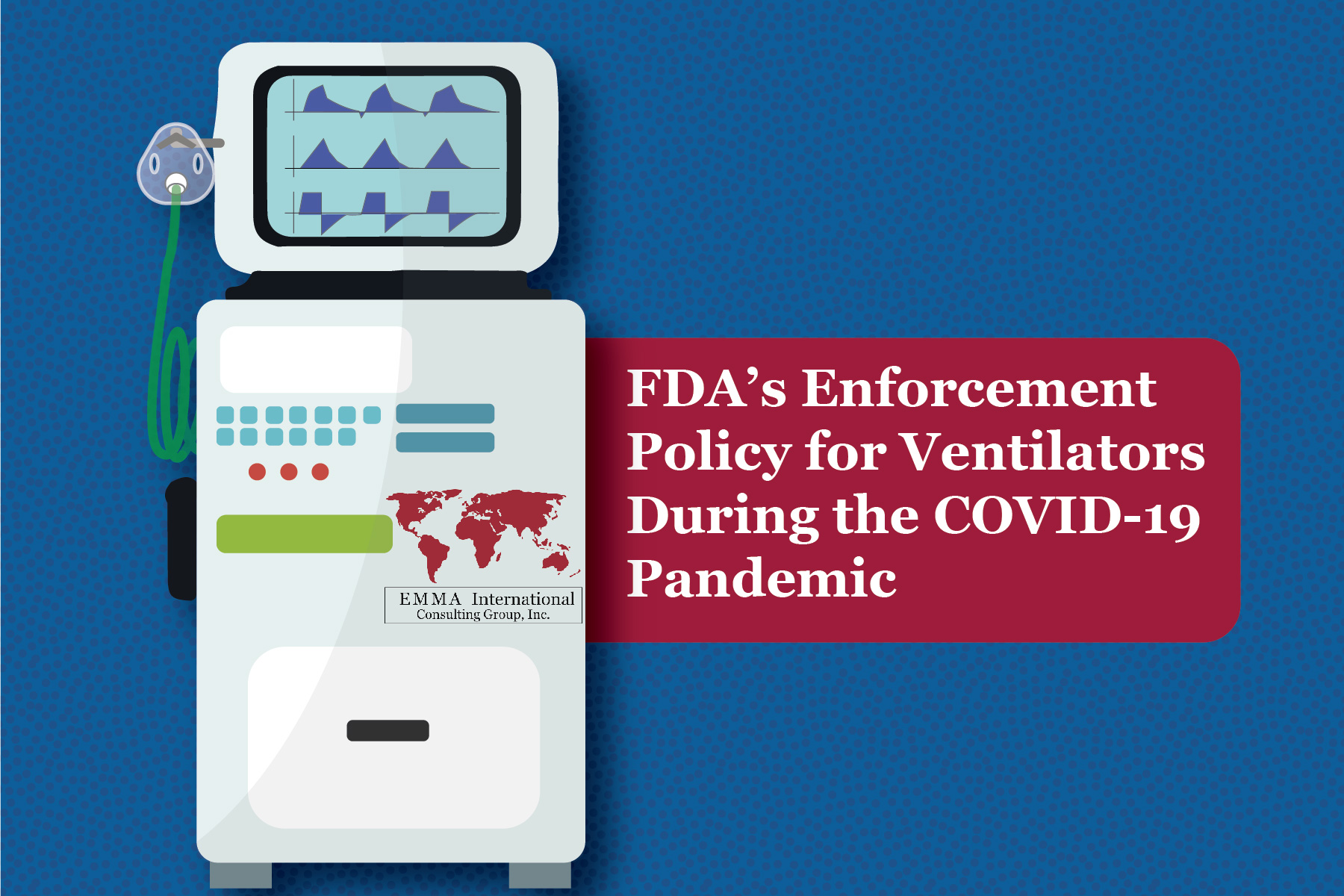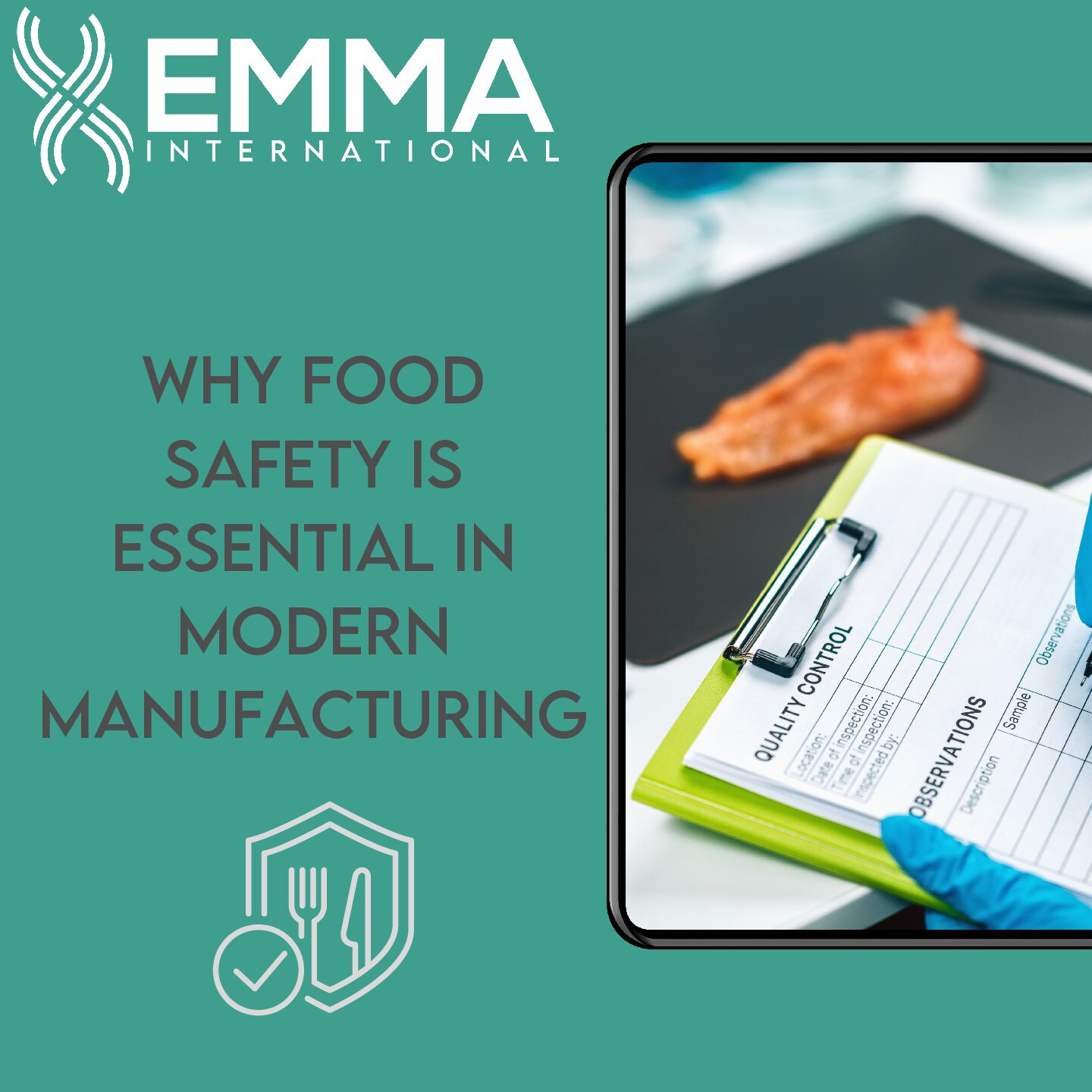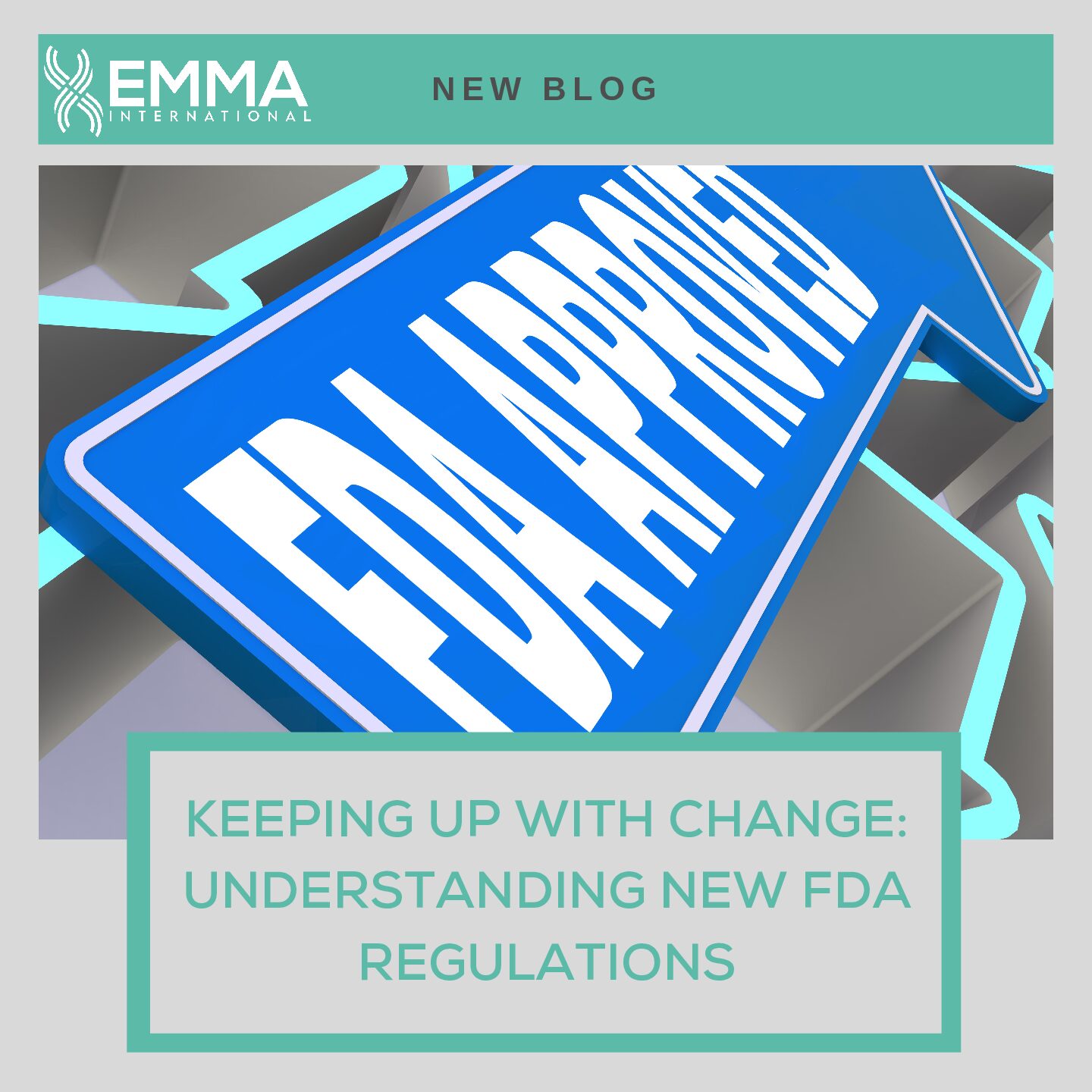As COVID-19 cases surge across the country, the health care industry is preparing itself to face ventilator shortages. There are fewer than 100,000 ventilators in the country. State and health officials are worried that if measures are not taken to increase their access to ventilators, it might soon overwhelm the health care system.
To avoid facing the situation that Italy is facing due to the shortage of medical supplies, President Trump tweeted on March 22, 2020 asking automotive giants’ like Ford, General Motors and Tesla to use their manufacturing power to manufacture ventilators and ramp up their numbers to treat patients amid the pandemic. Following this, Ford has partnered with GE Healthcare and 3M, GM with Ventec Life Systems and Tesla with Medtronic to produce ventilators. The reality looks a little different than that. Though the automakers have the technical ability to manufacture ventilators, the complexities associated with the production of ventilators would make it difficult to start its production quickly.
To cope with the shortage of ventilators and its accessories, FDA released a guidance document on March 22, 2020 outlining its policies for use of unapproved ventilators and unapproved indications for use of certain approved ventilators for the duration of this pandemic.1
For modifications made to an FDA cleared device: the FDA does not intend to object the limited modifications made to the claims, indications, hardware, software or materials of the FDA cleared device without prior submission of a premarket submission. This policy applies to all those changes that would trigger the submission of 510(k). Examples include changes to the ventilator motor to allow an alternate supplier to meet the required design specifications, changes to the material in the ventilator tubing to allow for more flexible material sourcing, etc.1
For modifications to FDA cleared indications, claims or functionality: For the duration of the public health emergency, FDA does not intend to object modifications to the FDA cleared indications or intended use without prior submission of a 510(k). Examples include: The use of powered emergency ventilators and anesthesia gas machines for patients needing mechanical ventilation, use of a ventilator in a health care facility when it is only cleared for use at home or during transport, etc.1
For changes to hardware, Software and material of the cleared respiratory device: Similar to the situations above, FDA does not intend to object the modifications made to the cleared hardware, software, material components of the respiratory device without prior submission of a 510(k). However, if any modifications to the software capabilities are made to support any remote monitoring requirements, FDA recommends that the manufacturers implement appropriate cybersecurity controls. Examples include Modifications to motors, batteries, or other electrical components; Software modifications implementing physiological closed-loop (automated) algorithms for oxygen titration where the algorithms/devices are the subjects of an FDA-approved Investigational Device Exemption (IDE). 1
For use of respiratory devices and accessories beyond the indicated shelf life and duration of use: Breathing circuits are labeled with a specific duration of use and shelf life. To avoid the depletion of breathing circuit supplies, FDA does not intend to object the changes in the indicated shelf life and duration of use for breathing circuits without prior submission of a 510(k).1
FDA also recommends that the devices described above use labeling that helps users better understand the device modifications and a clear distinction delineating FDA-cleared indications and claims from those that are not FDA-cleared. Also, the FDA recommends the labeling include a general statement about changes that have not been cleared by the FDA and provide appropriate instructions for users to mitigate any known risks.1
EUAs for respiratory devices:
FDA is interested in talking to manufacturers of ventilator devices that are not approved for sale in the US as well as manufacturers who can produce ventilators and other supplies for these devices even if they weren’t previously engaged in medical device manufacturing. FDA urges domestic or foreign manufacturers to send their information to CDRH-COVID19-Ventilators@fda.hhs.gov. FDA is working expeditiously to review this information and determine if an EUA can be granted.1
Wherever possible FDA still encourages the use of FDA cleared devices or devices cleared under EUA for treating patients.
Have more questions? Call us at 248-987-4497 or email us at info@emmainternational.com.
1FDA (March 2020) Enforcement Policy for Ventilators and Accessories and Other Respiratory Devices During the Coronavirus Disease 2019 (COVID-19) Public Health Emergency retrieved from 3/25/2020 from https://www.fda.gov/media/136318/download






